Learn how to grow and care for jasmine plants indoors. Discover expert tips on light, watering and pruning to enjoy these fragrant blooms year-round in your home.
Jasmine plants can thrive indoors with proper care. They require bright, indirect light, consistent moisture, well-draining soil and regular pruning. Popular indoor varieties include Jasminum polyanthum (Pink Jasmine) and Jasminum sambac (Arabian Jasmine). Provide high humidity and temperatures between 60-75°F (15-24°C) for optimal growth and blooming.
Introduction to Indoor Jasmine Plants
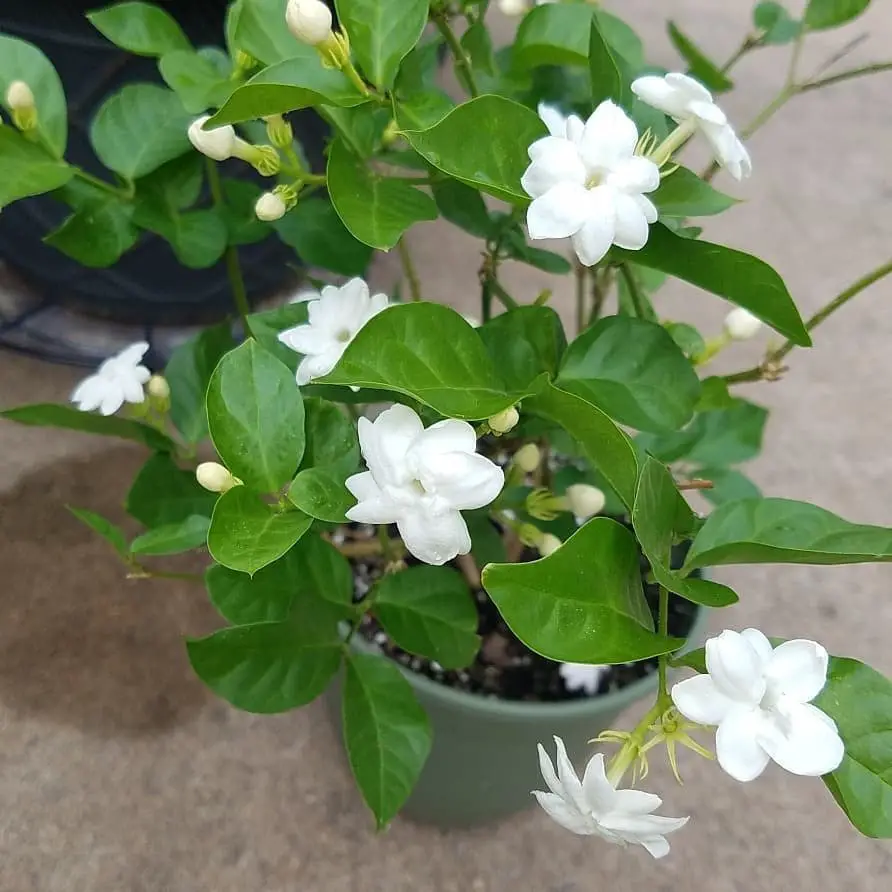
As a horticulturist specializing in indoor plants for over a decade, I’m excited to share my expertise on growing jasmine indoors. These fragrant plants can transform your home into a sweet-smelling oasis with the right care and attention.
Choosing the Right Jasmine for Indoors
Popular Indoor Jasmine Varieties
- Jasminum polyanthum (Pink Jasmine)
- Jasminum sambac (Arabian Jasmine)
- Jasminum officinale (Common Jasmine)
- Jasminum grandiflorum (Spanish Jasmine)
For more information on jasmine varieties, visit the Royal Horticultural Society’s plant database.
Creating the Ideal Indoor Environment
Light Requirements
- Bright, indirect light is ideal
- Place near a south or west-facing window
- Use sheer curtains to filter intense sunlight
Temperature and Humidity
- Maintain temperatures between 60-75°F (15-24°C)
- Provide humidity levels of 50% or higher
- Use a humidity tray or room humidifier if needed
Learn more about indoor plant humidity at University of Vermont Extension.
Planting and Soil Requirements
Soil Mix
- Use well-draining potting soil
- Mix in perlite or coarse sand for better drainage
- Ensure the pot has drainage holes
Potting Process
- Choose a pot 1-2 inches larger than the root ball
- Place a layer of drainage material at the bottom
- Fill with soil mix and plant at the same depth as the previous container
- Water thoroughly after planting
Caring for Indoor Jasmine
Watering
- Keep soil consistently moist but not waterlogged
- Water when the top inch of soil feels dry
- Reduce watering in winter when growth slows
Fertilizing
- Feed monthly during the growing season with a balanced, water-soluble fertilizer
- Dilute fertilizer to half-strength to avoid over-fertilization
- Stop fertilizing in late fall and winter
For more on fertilizing houseplants, check out Clemson Cooperative Extension’s guide.
Pruning and Training
- Prune after flowering to maintain shape and encourage bushiness
- Remove dead or yellowing leaves regularly
- Train vining varieties on a trellis or support structure
Common Issues and Troubleshooting
Pest Management
- Watch for spider mites, mealybugs, and whiteflies
- Treat with insecticidal soap or neem oil if infestation occurs
- Regularly inspect leaves and stems for early detection
Disease Prevention
- Avoid overwatering to prevent root rot
- Ensure good air circulation to prevent fungal issues
- Remove affected parts immediately if disease is spotted
Learn more about houseplant pests and diseases from the University of Maryland Extension.
Encouraging Blooms
- Provide a period of cooler temperatures (55-60°F) in winter to stimulate blooming
- Ensure adequate light, especially in winter months
- Avoid moving the plant once flower buds have formed
Propagation Techniques
Stem Cuttings
- Take 4-6 inch cuttings from new growth
- Remove lower leaves and dip in rooting hormone
- Plant in moist potting mix and keep warm and humid
- Roots should form in 4-6 weeks
For more detailed propagation information, visit North Carolina State Extension.
Growing jasmine indoors can be a rewarding experience, filling your home with beautiful blooms and enchanting fragrance. By providing the right light, temperature, humidity, and care, you can enjoy these lovely plants year-round. Remember, patience is key – it may take some time for your jasmine to adjust to indoor conditions and bloom. With consistent care and attention to its needs, your indoor jasmine will thrive and become a stunning addition to your home.
For more comprehensive information on indoor plant care, explore the University of Georgia Extension’s Indoor Plants publication.
For more gardening tips and plant care guides, visit usagardenhub.com.

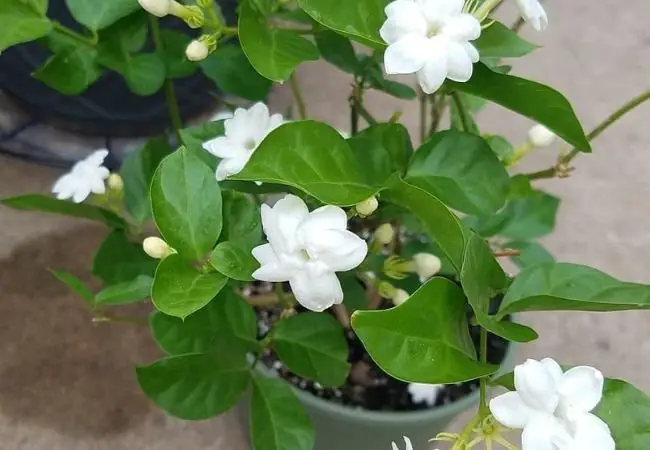
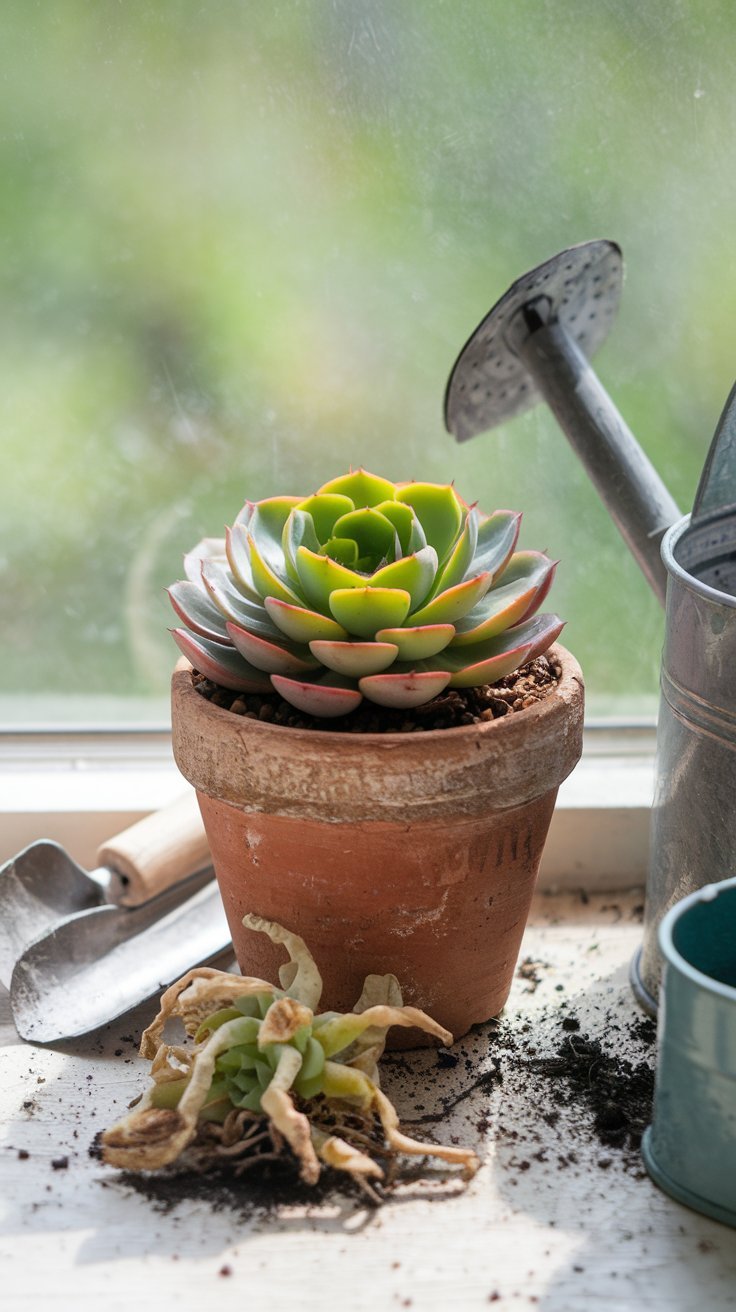
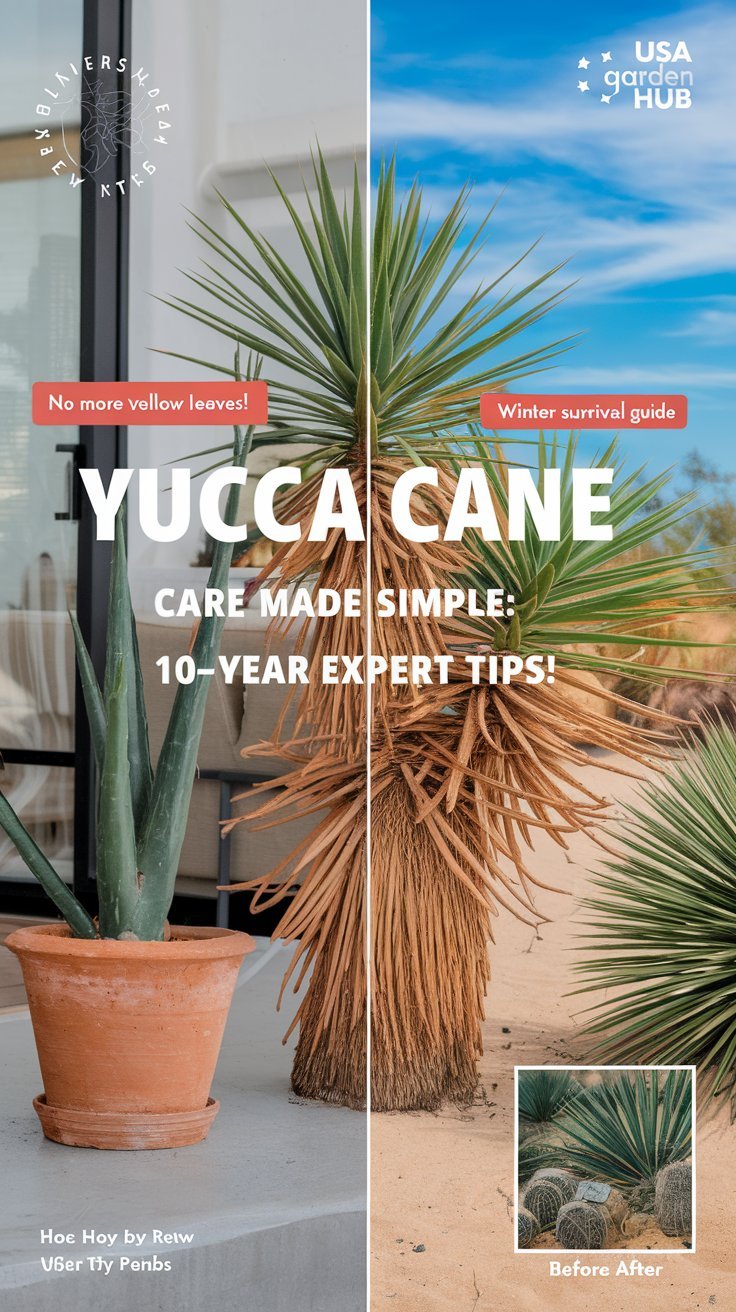
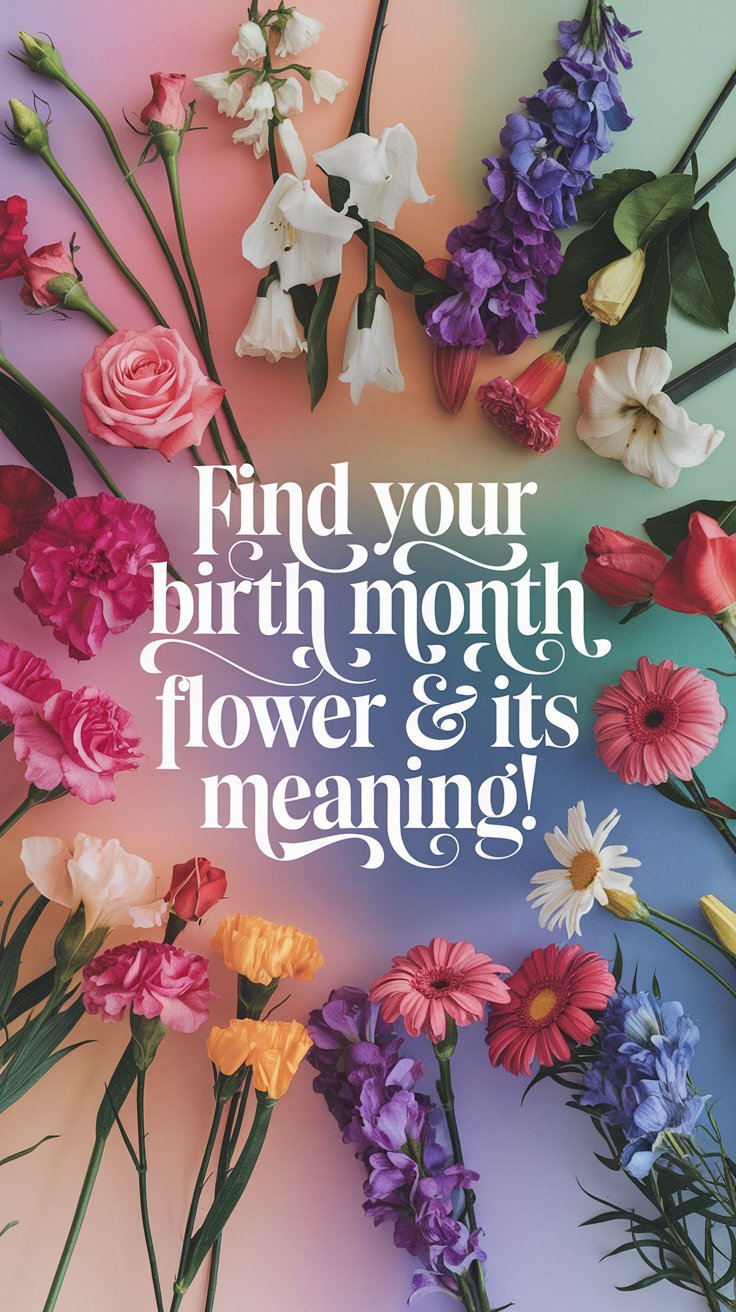
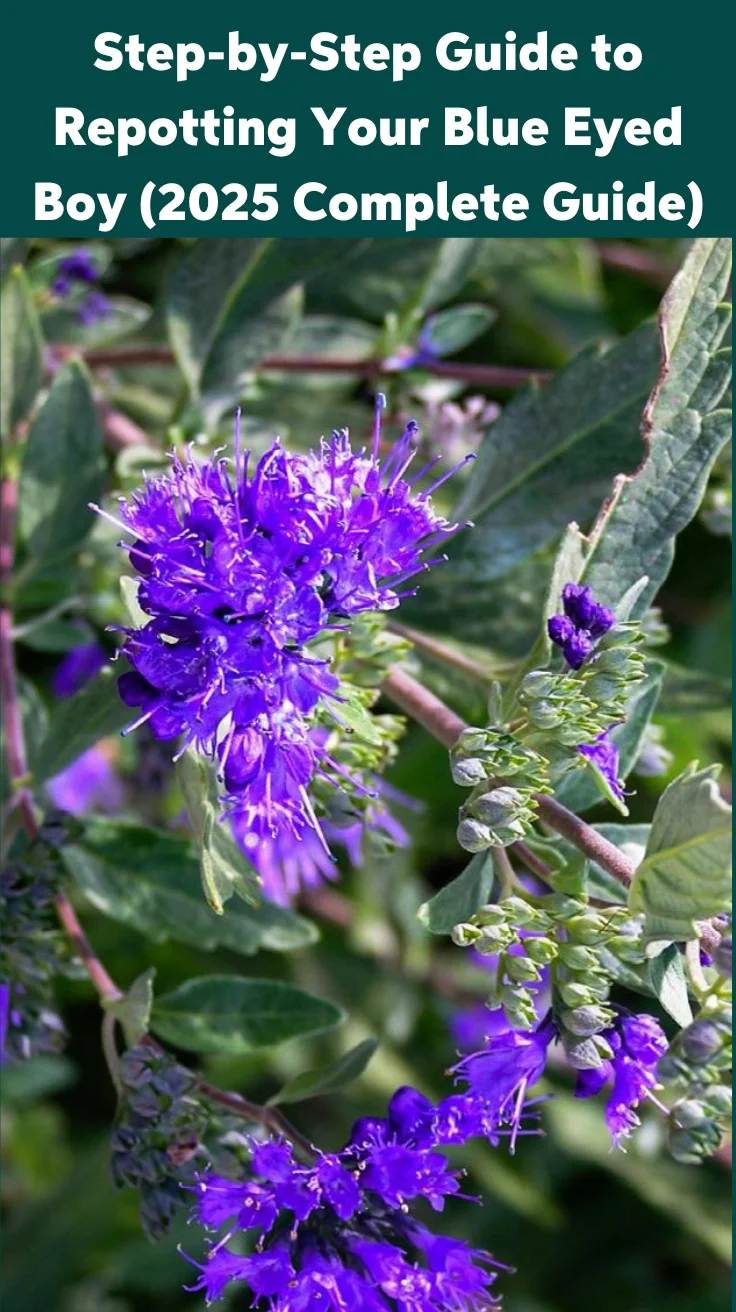
One thought on “Growing Jasmine Plants Indoors : A Complete Guide to Fragrant Success (2024)”